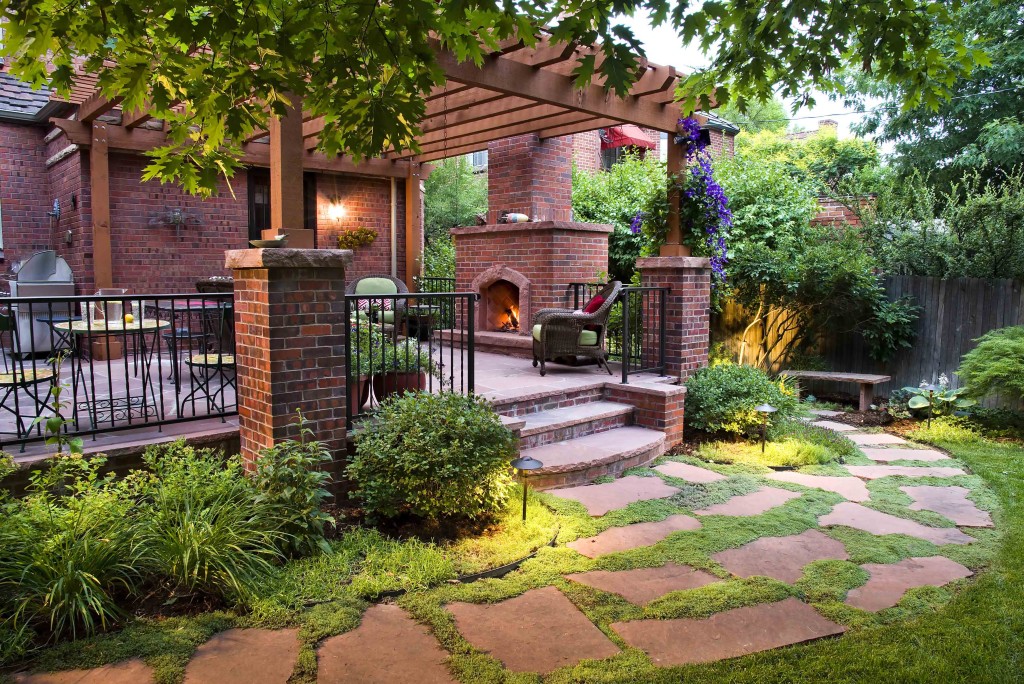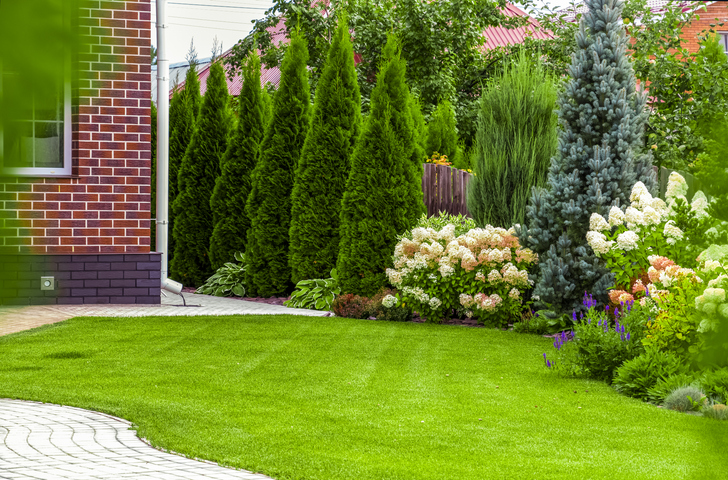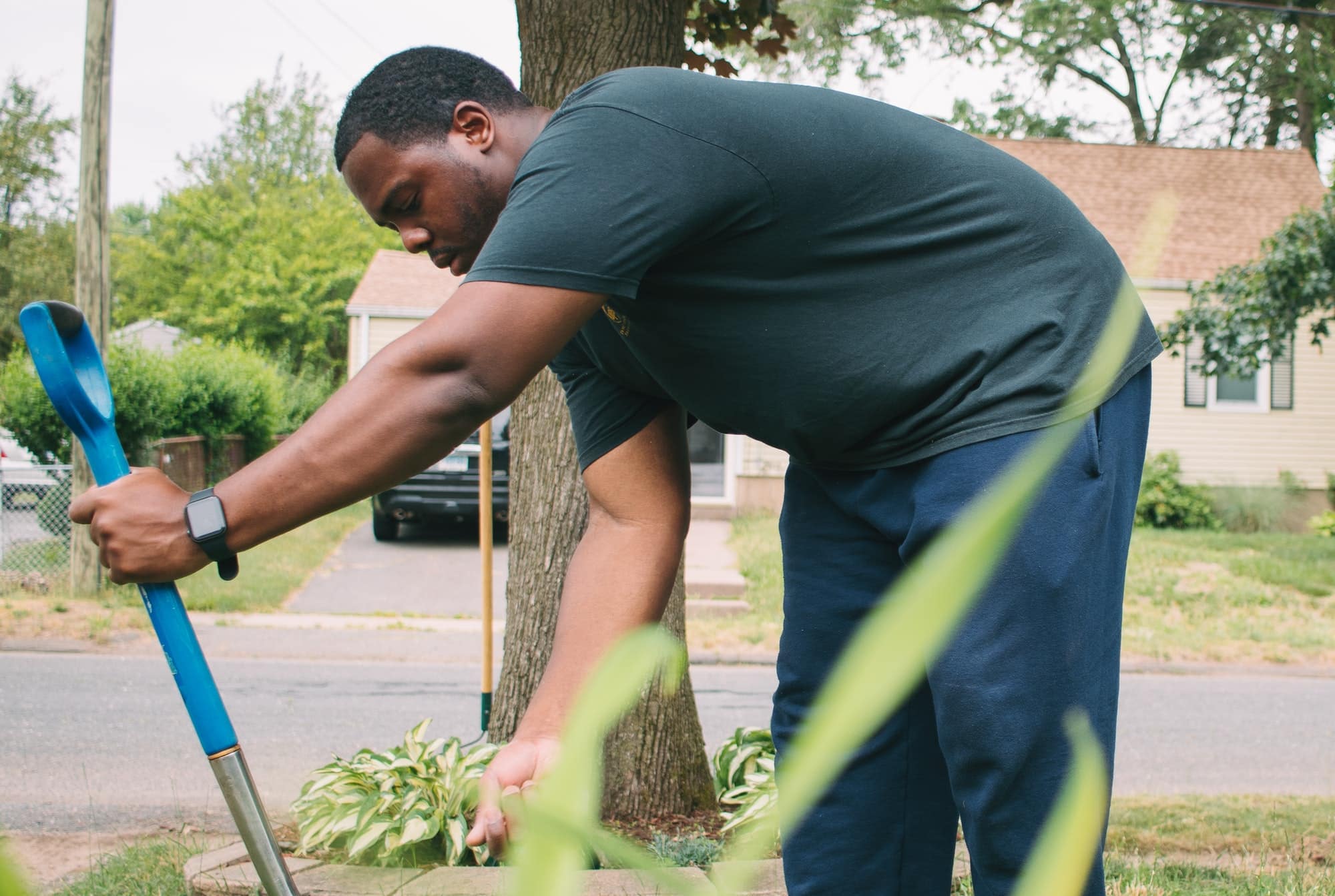Fascination About Hilton Head Landscapes
Fascination About Hilton Head Landscapes
Blog Article
The Single Strategy To Use For Hilton Head Landscapes
Table of ContentsThe Facts About Hilton Head Landscapes UncoveredThe Ultimate Guide To Hilton Head LandscapesUnknown Facts About Hilton Head LandscapesExamine This Report on Hilton Head LandscapesEverything about Hilton Head LandscapesThe 9-Second Trick For Hilton Head LandscapesIndicators on Hilton Head Landscapes You Should KnowHilton Head Landscapes - An Overview
Kind compatibility is also a significant part of unity in designone or 2 noticeably various types are great for contrast and emphasis, yet usually all various other types must have some similarities for a combined look. Texture refers to how crude or great the surface area of the plant or hardscape material feels and/or looks.
Examples of plants with crude structure consist of philodendrons, agaves, bromeliads, hollies, hands, and hydrangeas. Hardscape with crude structure includes rough-cut rock, rough-finished brick, and unfinished timber with knots and an increased grain. Aged or old construction product that preserves a weather-beaten surface is frequently crude in structure. Qualities that create great texture consist of little vegetation; thin, strappy leaves (lawns) or high, thin stems; small, thick twigs and tiny branches; long stems (vines); and small, fragile flowers.
What Does Hilton Head Landscapes Do?
Most plants are medium texture, in that they can not be described as having either rugged or fine structure. Medium-textured plants act as a background to link and combine the coarse- and fine-textured plants.

To make an area feel smaller, put the rugged structures along the outer perimeter and the fine textures closest to the viewer. The detail of the coarse texture makes the plants show up closer and makes the room really feel smaller sized. The regarded appearance of plants can likewise alter with the distance from the plant.
Getting The Hilton Head Landscapes To Work
Bold shades boost the contrast and make the appearance show up coarser, while muted shades can flatten appearance. Hardscape with a rugged texturesuch as very harsh rocks and strong, large timberstends to make all plant product appear more moderate textured. Developers commonly establish a texture research (Figure 8) on paper to help determine the plan of plant products.
Color in plant product and hardscape includes rate of interest and range to the landscape. Color is the most conspicuous element in the landscape and is usually the focus of most property owners; nonetheless, it is also the most momentary element, typically lasting just a couple of weeks a year for individual plants.
Unknown Facts About Hilton Head Landscapes
A simple description of the shade wheel includes the 3 key shades of red, blue, and yellow; the 3 secondary colors (a mix of two primaries) of green, orange, and violet; and click to investigate six tertiary colors (a mix of one nearby main and additional color), such as red-orange. Color theory explains the relationship of shades per other and just how they should be used in a structure.

Similar (in some cases called unified) color design are any kind of three to five colors that are adjacent on the shade wheel, such as red, red-orange, orange, yellow-orange, and yellow, or blue, blue-violet, and violet (hilton head landscapers). The colors are related to every other because they generally include two primaries mixed to form an additional and 2 tertiary shades, which suggests they share usual properties
They tend to have high comparison in between them. One of the most usual collections are violet and yellow, red and eco-friendly, and blue and orange. Complementary colors are usually located normally in flowers; an usual pair is yellow and violet. Color is found in the flowers, foliage, bark, and fruit of plants.
How Hilton Head Landscapes can Save You Time, Stress, and Money.
Environment-friendly foliage in all its different shades is the dominant shade by quantity, however other shades capture attention a lot more readily as a result of their high comparison to the color environment-friendly. Color is additionally discovered in structures, rocks, pavers, timber, and furnishings. A lot of shades in all-natural products, such as stone and timber, are usually muted and have a tendency to be variants of brown, tan, and pale yellow.
Shades have residential or commercial properties that can affect emotions, spatial understanding, light quality, balance, and emphasis. Awesome colors tend to be soothing and ought to be used in areas for relaxation and calmness.
All About Hilton Head Landscapes
Trendy shades often tend to decline and are perceived as being further away, making a space feel bigger. Shade can likewise be made use of to capture interest and straight views.
Intense yellow, which has the highest intensity, likewise has a high comparison with all other colors (commonly defined as a "pop" of color) and ought to be utilized moderately. A small amount of extreme shade has as much aesthetic weight as a large amount of a much more restrained or weak color.
Analogous (often called unified) shade schemes are any three to five colors that are surrounding on the shade wheel, such as red, red-orange, orange, yellow-orange, and yellow, or blue, blue-violet, and violet. The colors belong to every various other due to the fact that they generally consist of 2 key shades blended to create a secondary and two tertiary colors, which implies they share typical properties.
The Buzz on Hilton Head Landscapes
Complementary shades are commonly discovered naturally in blossoms; a typical pair is yellow and violet. Shade is discovered in the blossoms, foliage, bark, and fruit of plants.
Green vegetation in all its different tones is the dominant shade by amount, but various other colors record interest quicker since of their high contrast to the shade green - Landscapers near me - https://www.intensedebate.com/profiles/stevenagonzales. Color is likewise located in structures, rocks, pavers, wood, and furnishings. Most colors in natural products, such as stone and timber, are typically soft and often tend to be variations of brownish, tan, and pale yellow
What Does Hilton Head Landscapes Mean?
Colors have residential properties that can influence feelings, spatial understanding, light high quality, balance, and emphasis. Amazing colors often tend to be calming and should be used in areas for leisure and serenity.
Cool shades have a tendency to recede and are perceived as being further away, making an area feel bigger. Color can also be made use of to catch attention and direct sights - https://www.indiegogo.com/individuals/37931614.
Intense yellow, which has the greatest intensity, also has a high comparison with all other shades (frequently defined as a "pop" of shade) and ought to be made use of sparingly. A percentage of extreme color has as much aesthetic weight as a big amount of a much more controlled or weak color.
Report this page